Introduction
Sometimes desert seedlings start life under a shrub. The shrub provides protection from too-hot sun, drying wind, and even cold temperatures. These shrubs are nurse plants. But, what about nurse rocks?
The Details
Some cacti grow in sandy soils–thus Opuntia polyacantha erinaceae near Kingman, Arizona grows in sandy soils. But, many xeric (very dry habitat) cacti and succulents are found (essentially) only in rocky soils.
Moisture is held under rocks–the last rains might have been weeks ago, but a large rock can have a bit of moisture tucked away under it. The water can be collected by roots growing sideways. In fact, most cacti have shallow root systems, a system tailor made for growing under surface rocks.
The crevices between rocks provide a protected zone for small seedlings, they might be able to start life with a bit of help by germinating in a small gap between rocks. Withering wind is mitigated, shade is provided for tiny plants, and a bit of warmth collected in the day might warm a seedling in freezing weather.
Even in harsh deserts there are microclimates, places where the temperature is a bit lower than in the full sun and where there are other benefits. These tiny oases are important for tender seedlings. A mature cactus can take all the desert can throw at it, but seedlings need help. Nurse rocks can provide that help.
Additional Reading: Nurse Plants
(Photograph = Echnocactus polycephalus xeranthemoides)
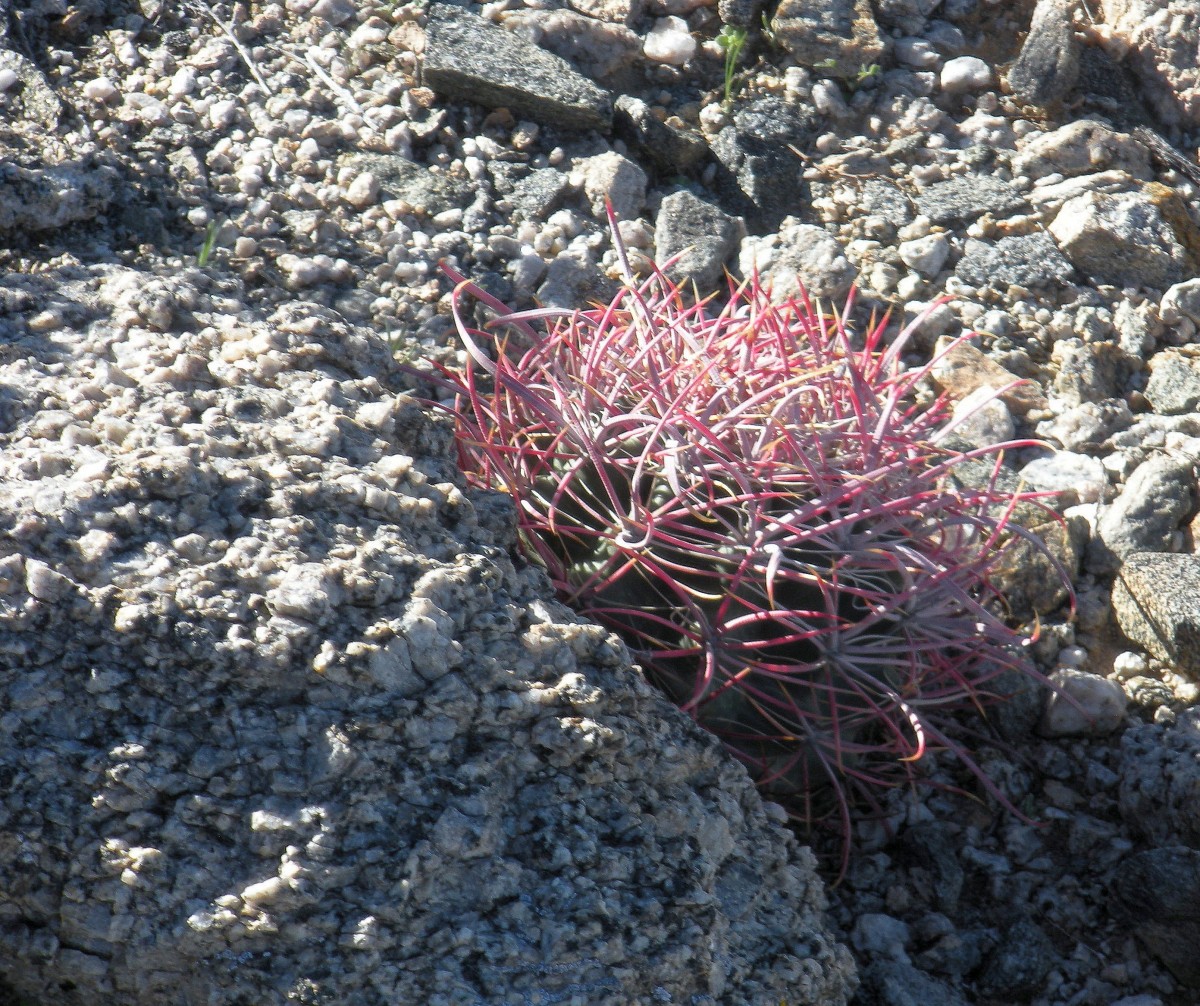
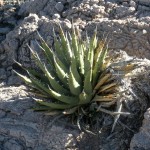
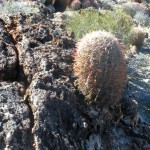

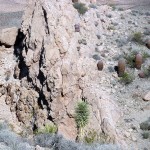
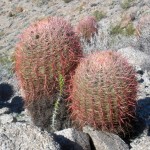

A pro grower told me that if there is any moisture in the air, the rock having been heated by the sun all day and being warmer than the night air, will condense some of the moisture out of the air and direct it down to plant roots. Ain’t nature amazing?